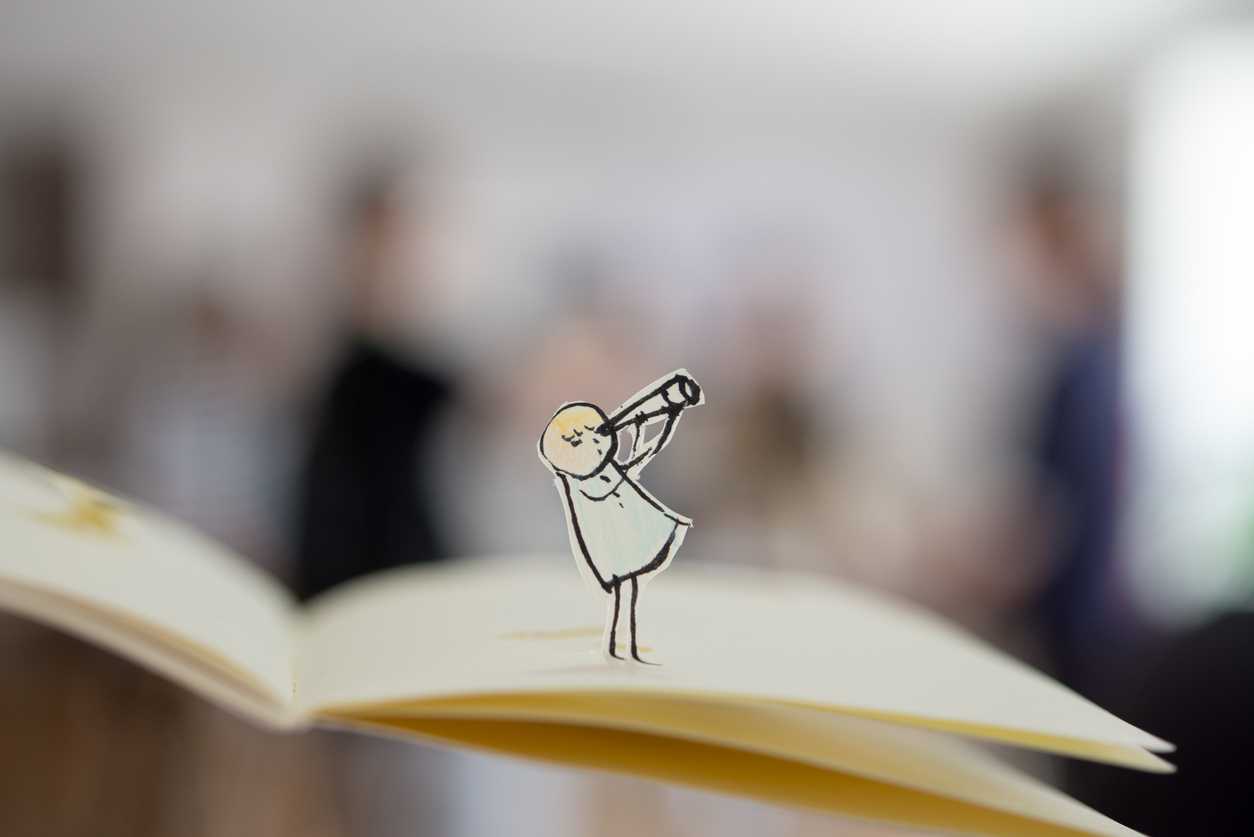
A concept, according to the Merriam-Webster dictionary, is an abstract or generic idea generalized from particular instances. In The Mandt System we teach three general concepts when we talk about using our body. These are 1. Stance and balance, 2. Body mechanics and body movement, and 3. Body positioning in relationship to other people. Some people may believe that these concepts only apply when we are physically working with another person, whether to assist or support, release, or protect. Let’s go back to the dictionary definition of concept: an abstract idea generalized from particular instances. So, while physically working with another person would be some specific instances, these concepts should be applied to everyday life.
Have you ever tried to teach someone how to properly lift something? How many times have you found yourself saying something profound like “don’t lift with your back?” I was told that many times in my younger days by well-meaning adults. Since I didn’t understand the point of what they were saying, I assumed they were jealous of what I could do and therefore did not stop doing it (oh for a time machine to go back and make some changes!). If we apply the basic concepts to lifting a box off the floor, if I bend over at my waist, I have bad stance and balance and therefore should not do it. If I bend my knees to pick it up, I have good stance and balance, and therefore this would be the correct way. I now know how to lift correctly, without ever hearing that dreaded “don’t lift with your back.”
Body mechanics and body movement are another basic concept with many real-world applications. While the calendar may say March, here in Michigan it is still snowing! Which means many people are out shoveling. I can’t count the number of friends and neighbors complaining about hurting their back while shoveling. People tend to use bad stance and balance to gather a shovel of snow, then twist and use their arms to propel it off in the desired direction. Talk about bad body mechanics! If we used good stance and balance and good body mechanics and body movement, snow removal should not result in injuries!
Finally, the one we use daily without even thinking about it, body positioning. Observe people in public. Watch how they use their body positioning to indicate how they feel about the other person, what type of relationship they believe they have, etc. If people are standing 3 feet apart in a space with others around, they are definitely not gossiping about someone. If they are in a corner or against the wall, standing fairly close, the odds of gossip go up.
So, stance and balance, body mechanics and body movement, and body positioning are such general, useful, everyday concepts that we should be teaching them in elementary school. If we can help our staff connect the dots and apply these concepts to everyday tasks, imagine the changes that could occur!
Dr. Dale L. Shannon – Mandt Faculty




